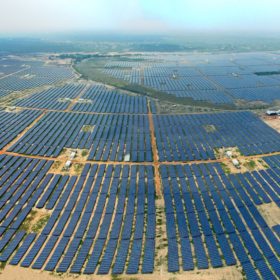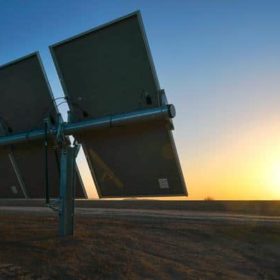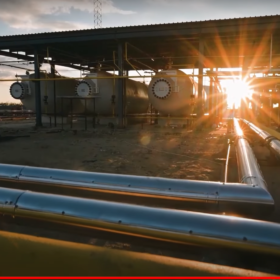Renewable energy auctions not in tandem with government targets
India tendered only about 28 GW of variable renewable energy capacity in 2022, as against 40 GW in 2019. The nation needs to add 30-35 GW of new VRE capacity annually to reach its climate targets by 2030 and that requires more than 35 GW of annual tendering.
Ensuring a just energy transition
The renewable energy sector must lead responsibly by addressing land use, circularity and financing.
Kolkata discom tenders 150 MW of wind-solar projects
CESC Ltd has invited proposals from developers to build 150 MW of wind-solar hybrid power projects to meet its renewable purchase obligation targets and a part of its power demand. The projects, to be developed on a build-own-operate basis, can be set up anywhere in India.
Adani Green Energy Q3 profit soars 110% YoY
Adani Green Energy Ltd, the renewable energy arm of the diversified Adani Group, reported a consolidated net profit of INR 103 crore in the three months ended Dec. 31, 2022.
Tata Power posts $127.6 million profit in Q3 FY 2022-23
The integrated power company reported a profit after tax or net profit of INR 1,052 crore ($127.6 million) in the quarter ended December 2022, a 91% increase year-on-year.
Vedanta approves INR 444 crore equity investment in 691 MW of ‘captive’ renewable energy projects
The Mumbai-headquartered natural resources company will invest INR 444 crore ($54.23 million) in 691 MW of renewable energy projects to power its aluminum, copper and oil & gas operations across India. It will implement these captive projects through special-purpose vehicles formed with Serentica Renewables.
US-based renewable power producer announces 100 MW hybrid wind-solar project in India
The 100 MW co-located, wind-solar hybrid renewable power project in Maharashtra will supply clean power to commercial and industrial (C&I) customers in the state.
Emerging investment opportunities in India’s renewable energy sector
Corporate decarbonization, value chain integration, wind-solar hybrid projects, battery energy storage, offshore wind, green hydrogen, and value-added offerings such as energy-as-a-service are key trends and technologies shaping up India’s renewable energy sector and offering ample scope for investments.
Amp Energy secures PPA for 200 MWp wind-solar hybrid project
The developer will set up the wind-solar plant on a build-own-operate basis and sell the generated electricity to the Solar Energy Corp. of India.
India to add 45 GW of corporate renewables over five years
Bridge To India analysts expect corporates in India to drive 45 GW of renewables capacity addition over the five years ending 2027. Open-access solar will continue to be the dominant source for power procurement.











